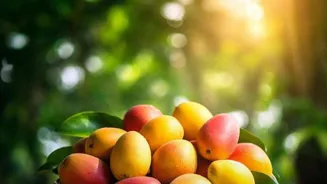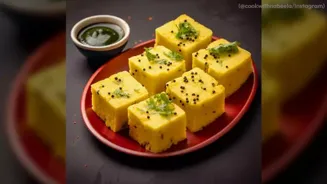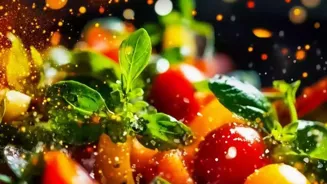Unveiling the Journey of Mango: From Orchard to Indian Cuisine. Explore the rich tale of cultivation and cultural significance!
The mango, often called the 'king of fruits', holds a special place in Indian
hearts and cuisine. Its journey from the orchard to our tables is a fascinating tale of cultivation, careful harvesting, and a deep connection to Indian culture.
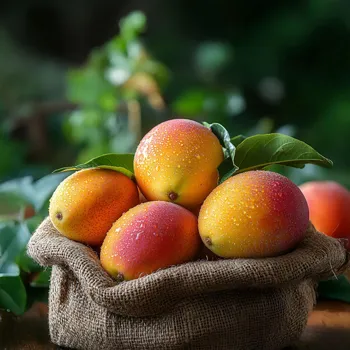
For centuries, mangoes have been more than just a fruit; they are symbols of prosperity, love, and the vibrant colors of summer. Let's explore this journey and understand why mangoes are so deeply intertwined with the Indian identity.
Mango orchards in India showcase diverse varieties, nurtured with traditional practices
The story begins in the mango orchards, scattered across the Indian landscape. From the lush fields of Maharashtra to the sun-drenched groves of Uttar Pradesh, each region boasts its unique varieties. The Alphonso, known for its creamy texture and rich flavor, reigns supreme in Maharashtra.
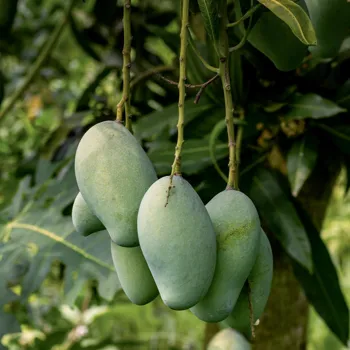
The Dasheri, with its delicate aroma and sweet taste, is a prized possession of Uttar Pradesh. These orchards are more than just farms; they are family legacies, passed down through generations. Farmers nurture the trees, applying traditional knowledge and sustainable practices.
From pest control to irrigation, every step is taken with utmost care to ensure a bountiful harvest of the best quality mangoes. The process is a labor of love, reflecting the deep respect for nature and the land.
Harvesting mangoes requires precision for best flavor
Harvesting mangoes is an art in itself. It requires precision and knowledge to select the fruits at the perfect stage of ripeness. Farmers often use traditional tools and techniques to pluck the mangoes carefully from the trees, avoiding any damage.
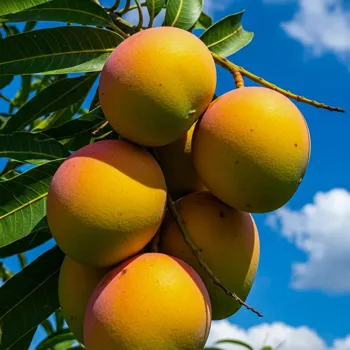
The timing of the harvest is crucial; too early, and the mangoes won't develop their full flavor; too late, and they risk overripening. Once harvested, the mangoes are gently collected in baskets and transported to sorting and grading facilities.
This is where the mangoes are sorted by size, color, and quality, ensuring that only the best fruits make their way to the market. This rigorous selection process guarantees that consumers get the sweetest and most flavorful mangoes.
Mango distribution network ensures freshness for consumers worldwide
The journey from the orchard to the market involves a complex network of transportation and distribution. Mangoes are carefully packed in crates and transported by trucks, trains, and even airplanes to reach different parts of the country and the world.
Maintaining the freshness and quality of the mangoes during transit is a major challenge. Cold storage facilities and specialized packaging are used to prevent spoilage and ensure that the mangoes arrive in good condition.
The efficiency of this distribution network is crucial to making mangoes accessible to consumers across vast distances. The demand for mangoes is high, and the logistics must be carefully managed to meet this demand, ensuring that everyone can enjoy the taste of summer.
Mangoes: versatile fruit integral to Indian cuisine tradition
Once the mangoes reach the markets, they become a centerpiece of Indian cuisine. From sweet desserts to savory dishes, the mango finds its way into countless recipes. Mango lassi, a refreshing yogurt-based drink, is a popular summer cooler. Aamras, a sweet mango pulp, is enjoyed with roti or puri.
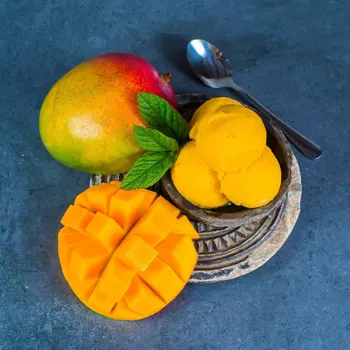
Raw mangoes are used to make pickles, chutneys, and tangy salads. The versatility of the mango is truly remarkable, adding a unique flavor and aroma to every dish.
Indian chefs and home cooks alike are constantly experimenting with new ways to incorporate mangoes into their culinary creations, keeping the tradition alive and exciting. The mango is not just an ingredient; it is an integral part of Indian culinary heritage.
The mango symbolizes Indian identity and cultural heritage
The mango's journey doesn't end with the plate; it extends into cultural celebrations and traditions. Mangoes are often used as decorations during festivals and weddings, symbolizing good luck and prosperity. Gifting mangoes is a common gesture of love and respect.
The vibrant colors and sweet fragrance of mangoes evoke feelings of nostalgia and joy, reminding people of their childhood memories and the warmth of family gatherings.
The mango is more than just a fruit; it is a symbol of Indian identity, a reminder of the rich cultural heritage and culinary traditions that have been passed down through generations.
From the orchard to the table, the mango's journey is a testament to the enduring connection between nature, culture, and the Indian people.
AI Generated Content. Glance/InMobi shall have no liability for the content